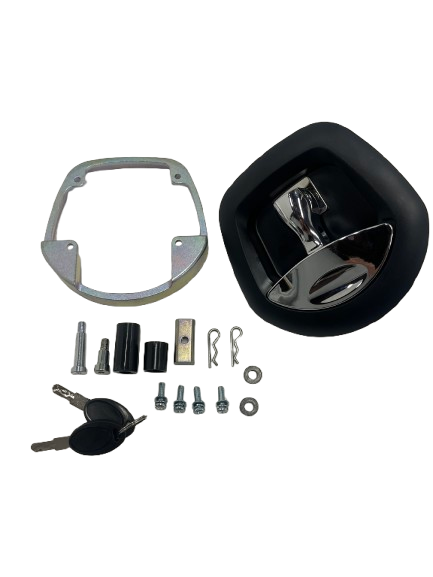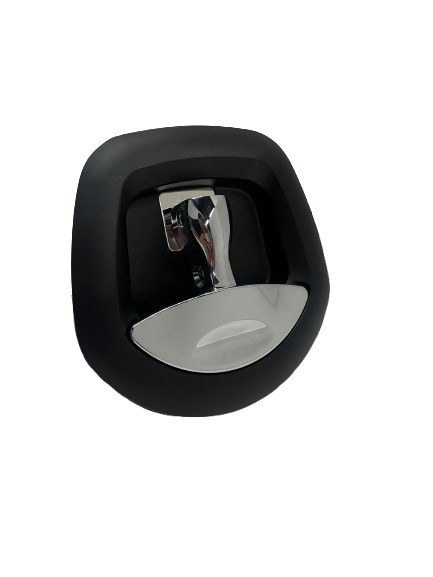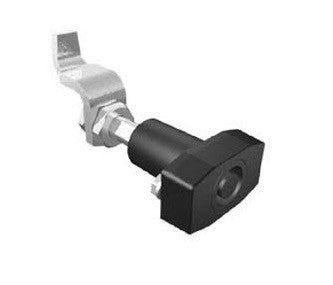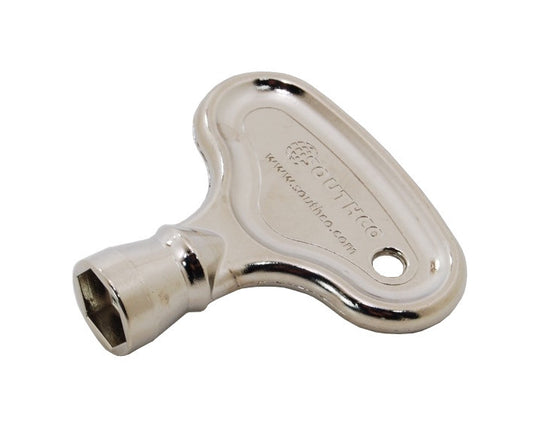Have you ever wondered what the strength specs are for a particular piano (or continuous) hinge? You're not alone! We did some research and found a document published by the Builders Hardware Manufacturers Association, Inc. (BHMA) outlining some basic principles. We hope this is helpful!
In 1970, continuous hinge manufacturing members of the US-based Builders Hardware Manufacturers Association, Inc. (BHMA) initiated an extensive testing program. It started with in-house testing at two member companies’ facilities and culminated with two phases of testing conducted for the BHMA by the Illinois Institute of Technology (IIT).The findings of IIT were analyzed by an independent mechanical engineer whose recommendations formed the basis for this guide.
The objectives of the testing program were to provide the basis upon which recommendations can be made to interested parties as to selection of continuous hinges for specific purposes when load conditions and type of applications are known. It was also felt that the information presented in this guide would enable users of continuous hinges to make selections of standard products and avoid, in many cases, the necessity of using special designs.
Here are some great tips for picking the right piano hinge for your project.

- Hinges are strongest in horizontal stress when the forces are applied perpendicular to the hinge pin. Hinges are weakest in vertical stress when the forces are applied parallel to the pin.
- In horizontal load, the strength per unit of length is constant. The longer the hinge, the stronger it will be.
- In vertical load, the strength increases with the square of the length.
- As the hinge leaf thickness increases, hinge strength increases.
- As the diameter of the hinge pin is reduced, hinge strength increases provided the pin diameter is not reduced below twice the thickness of the leaf.
- Under vertical stress, shorter hinge knuckles provide greater strength.
- When applicable, use a hinge thickness approximately the same as the material to which the hinge is to be attached.
- Select hinges with the smallest possible knuckle length and having at least 10 knuckles.
- Choose a hinge having the smallest pin diameter available for the hinge thickness selected.
- Apply a hinge with the knuckles always out if the hinge is to be used under horizontal stress only. Using this application, the strength will not vary with the angle opening.
- Lubricating hinges weakens them by a factor of about 25%. Allow a safety factor of 25% if hinges are to be lubricated.
If you still have questions, please don't forget to use our Contact Button to reach out for help! We're just a click away.
If you're interested in seeing what kinds of hinges we have that might work for your project, you can find them here.





